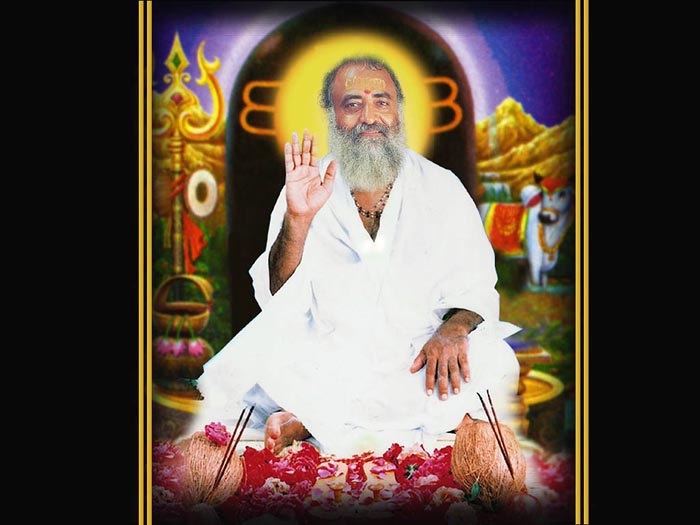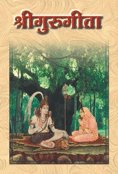महाशिवरात्रि
ज्योतिर्नमात्रस्वरुपाय निर्मलज्ञानचक्षुषे |
नमः शिवाय शान्ताय ब्रह्मणे लिंगमूर्तये ||
Jyotirmatraswarupaya normaljnanachakshushe |Namah Shivaya shantaya brahamane lingamurtaye ||
“I bow before the auspicious Lord Shiva, an embodiment of Supreme peace, whose form is divinely effulgent, whose eyes are but pure knowledge, who is the Supreme Being in the form of a ‘Shivling’ (an oval shaped idol of Shiva).”
In the ‘Brahmottar Khand’ of the ‘Skanda Purana’, describing the significance of observing a fast and jagran on Shivratri, Sutaji expounded to the Rishis,
“It is a rare opportunity to observe a fast on the fourteenth moon day of the dark half of the month of Magha (Hindi month Phalguna). I feel it is still rare for human beings to keep awake on the night of Shivratri. The darshan of a Shivling and worship of Lord Shiva on this day, I believe, is even rarer.''
One gains an opportunity to worship Lord Shiva with ‘bilva patra’ (Sacred leaves used for worship of Lord Shiva) only when the punyas (Merits) of a billion lives fructify. The same punyas one earns through bathing in the Ganges for ten thousand years as are earned by worshipping Lord Shiva with ‘bilva patra’ for just once. The punyas that have gradually vanished from the world in every following age are fully present in the fourteenth moon day of the dark half of the month of Magha i.e., on the day of Shivratri. Lord Brahma and other Gods as well as Munis like Vashishtha wholeheartedly praise this day of chaturdashi.
If one observes a fast on this extolled day of Shivratri, one acquires even more punyas than those earned by performing 100 yajnas (Sacrifice, an ancient Hindu institution of religious sacrifice and oblation). ''Who in the three worlds can verily match the punya of a person who has worshipped the Shivling with just one bilva patra?’

